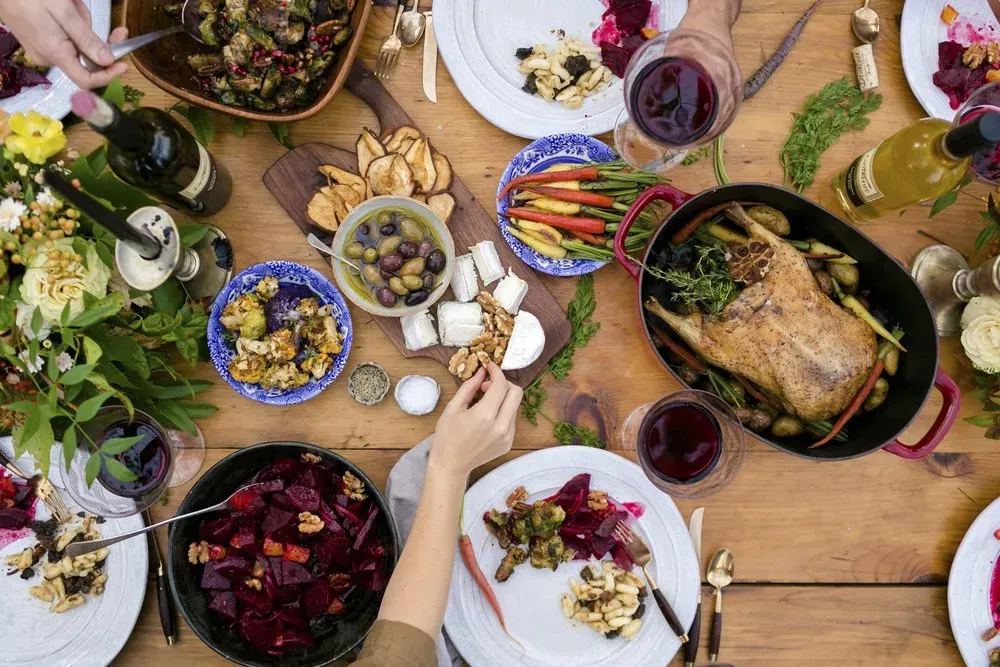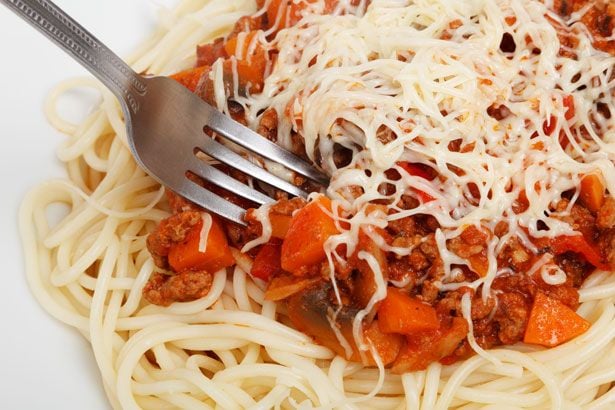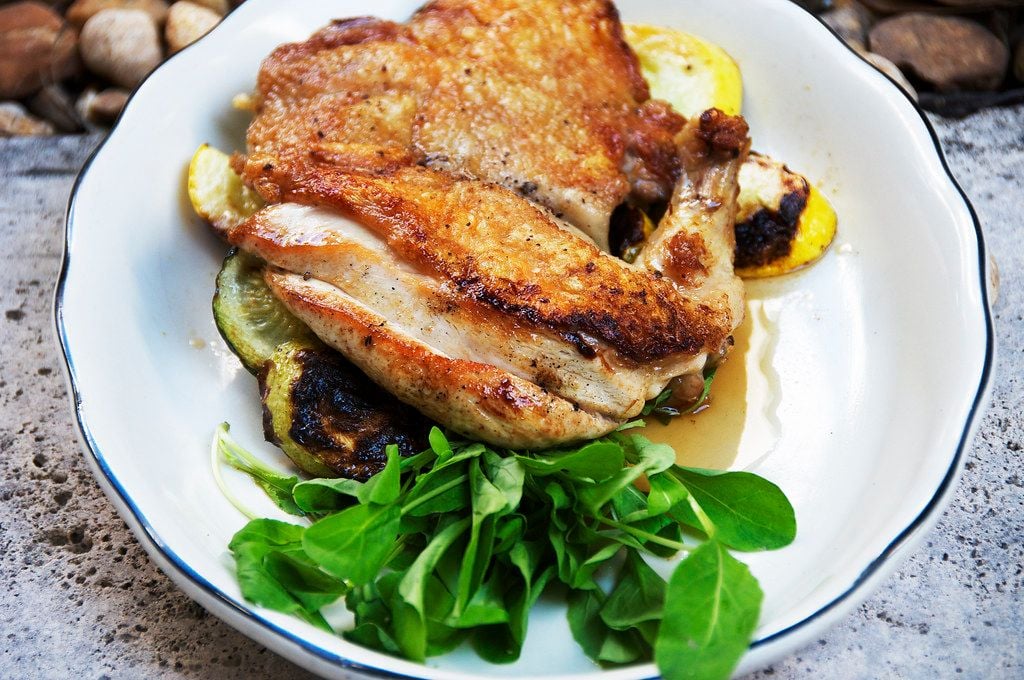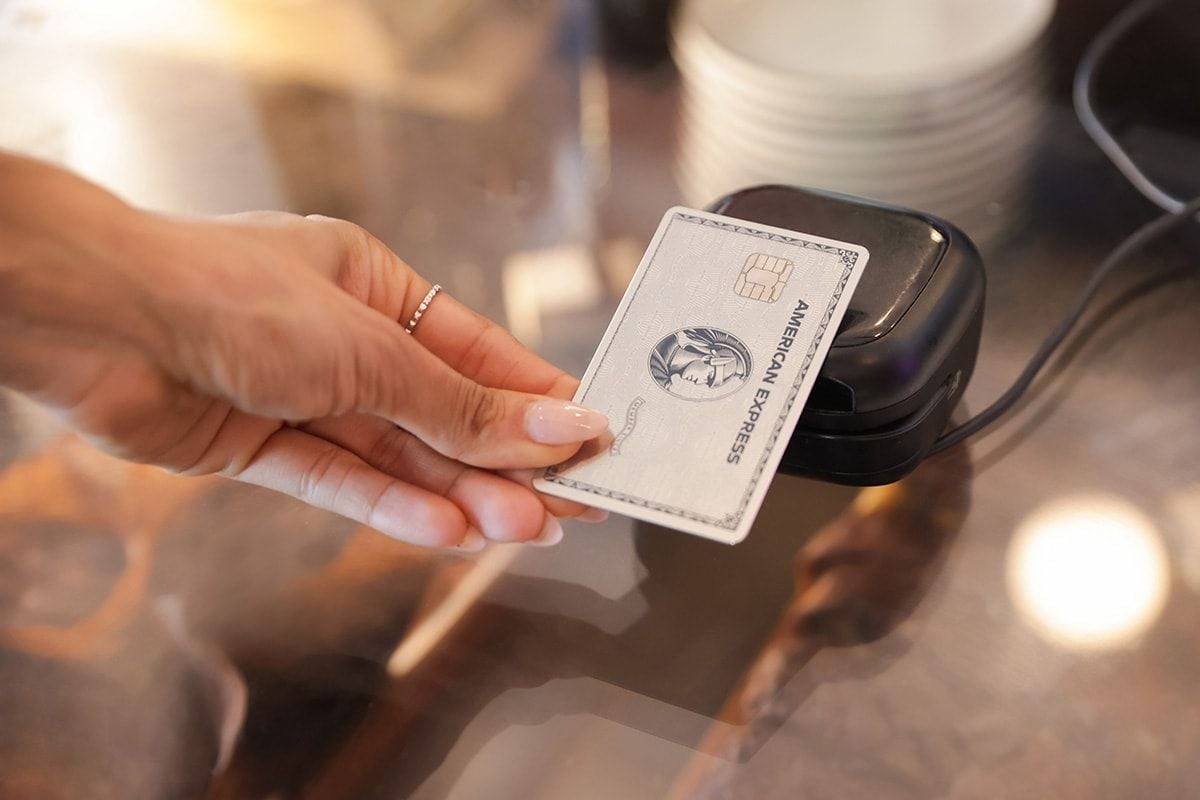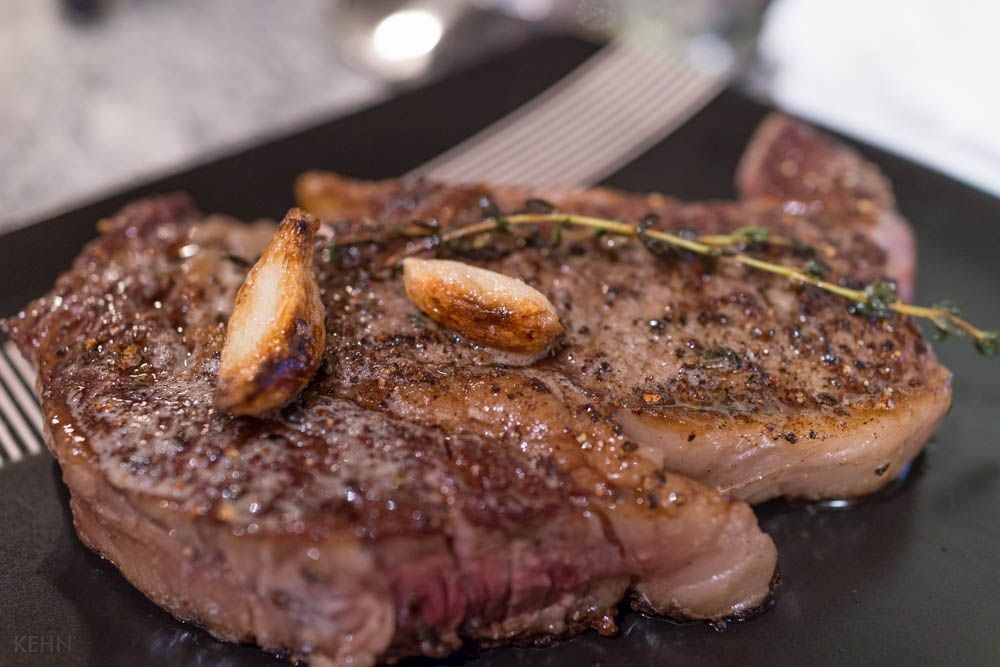
The True Origin of St. Patrick's Day Corned Beef
- Feb 4, 2024
As we prepare for St. Patrick’s Day, a time for donning green attire, setting leprechaun traps, and indulging in festive Irish meals, it's interesting to note that several of the holiday's traditions such as their patron saint, and the famous corned beef dish, are not genuinely Irish.
Saint Patrick was actually British, and was captured by Irish raiders, held captive for six years, and later returned as a missionary, becoming an emblem of traditional Irish culture and Christianity.
The focus then shifts to corned beef, traditionally cured brisket preserved in a salty brine, somewhat similar to pastrami. It ironically takes its turn under the limelight as a traditional Irish meal every St. Patrick’s Day, despite its roots being thousands of miles away from the Emerald Isle.
As per the History Channel, it was the Irish immigrants in New York who first discovered corned beef from their Jewish neighbors and decided to substitute it for their native bacon, which was considerably more expensive back in their homeland. Cabbage was then added to the mix as it was inexpensive and helped enhance the pot. This combination became popular in the New York bar circuit because it was served as a complimentary lunch to Irish construction workers who purchased beers or whiskey shots.
Myrtle Allen, a renowned Irish chef, once stated in 1996 to the Washington Post that she didn't know anyone in Ireland who served corned beef on St. Patrick’s Day. In her words, corned beef was " no more Irish than roast chicken."
While the British Empire did import Irish corned beef exuberantly from the 17th to 19th centuries, making County Cork known as the “capital of corned beef” as per The Irish Times, a more authentic Irish celebration meal would consist of Irish bacon or different pork cuts served with mashed potatoes, vegetables, and a white sauce.
Interestingly, the term "corn" in corned beef doesn't reference the yellow vegetable, but rather, large salt crystals that were sometimes referred to as "kernels", used in the beef preservation.
The Food Network suggests brining at home, with a recipe featuring water, various pickling spices, sugar, kosher salt, and pink curing salt-common table salt with sodium nitrate used for meat preservation.
The cooking method often recommended involves simmering the brined beef in a cast-iron Dutch oven at a low temperature or saving time by using a pre-seasoned brisket in a pressure cooker with a few other ingredients and cooking it on high for 90 minutes. Once done, add the vegetables like carrots, cabbage, onions, and potatoes to the remaining liquid and pressure cook for another 5 minutes.

